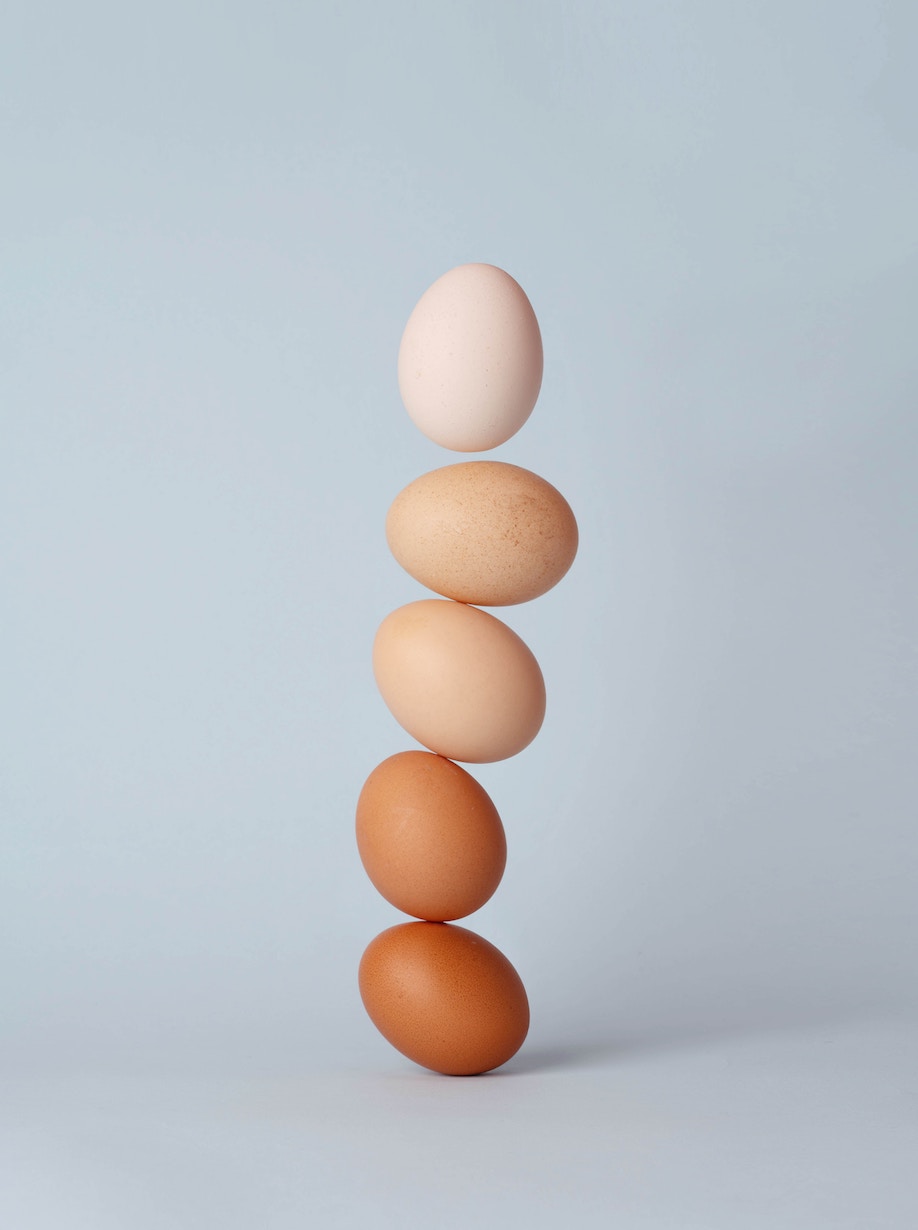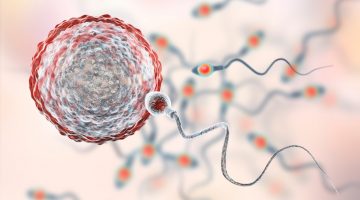Biological Family Building for LGBTQ Women
Love makes a family. Sometimes, you just need a little bit of science too. As a female-only couple you have several family building options at your fingertip – and not to brag, some of them are just a whole lot cooler than your “typical” reproduction. We’ll start with some key talking points to help frame your family building options. Let’s do this!
Three Starting Discussions
The Basics of Lesbian Family Building
Being part of a same-sex relationship certainly means that you’ll need a nice assist from science, but remarkably it also opens up some very cool options that aren’t available to other couples. The answer to some of the questions below will partially determine the treatment options available to you, but in general, there are three biological family building options available to female couples. Let’s get started
-
The Egg
Whose egg(s) to use?
The first thing a lesbian couple often thinks about when trying to have a child is “whose eggs should we use.” It can be a tough decision and there are many things to consider.
Many couples choose to use the eggs of the partner who will carry the baby, but often couples both want to be involved (cue reciprocal IVF – more on that later).
If neither partner has fertility issues, the choice of who will provide the eggs and is a completely personal one. While the choice is always yours, testing may indicate that using one partner’s eggs would offer a greater chance of success.
-
The Womb
Who Will Carry?
While many would naturally assume that the partner whose eggs are fertilized will also carry the child, female couples have the remarkable choice to have both partners involved by doing Reciprocal IVF.
If you and your partner choose to do reciprocal IVF, both partners will need testing to help determine who would be the better egg source and who would be the better carrier. Again, both may be perfectly fit for either, in which case the decision would be entirely personal.
-
The Sperm
Whose Sperm?
No matter which treatment option you choose, you will always need a sperm donor. While some use a known donor others go through an agency to find theirs. Check out our choosing a sperm donor guide below.
Building Your Biological Family
Lesbian Fertility Treatment Options
There are three main treatment options for a female couple to build a biological family. While an IUI is the starting point for many with no fertility issues of their own, others do indeed jump straight to IVF/Reciprocal IVF if fertility issues are found upon testing, for genetic testing, gender selection of their child, or so that both parents may be intimately involved in the child’s creation.
-
Intrauterine Insemination (IUI - aka Artificial Insemination)
An Intrauterine Insemination (IUI) or Artificial Insemination (AI) is the “procedure,” done to place healthy sperm inside a woman’s uterus using a catheter. The process involves concentrating and cleaning active motile sperm into a small volume.
While sometimes not needed, many lesbian couples also use the assistance of medications to help improve egg growth and quality as well as time ovulation so that the insemination can be properly coordinated.
Similarly, all inseminations are performed as close to the date of ovulation as possible. While this can be determined using home ovulation predictor kits it is usually medically advised to do an ultrasound and blood monitoring at a fertility clinic or ob-gyn office, especially when using medications. For more information on the IUI, the process, and key decisions head to our IUI page.
-
IVF with one partner’s Egg and Uterus
In-Vitro Fertilization is the gold standard of fertility medicine and offers the highest per cycle success of any fertility treatment available. The process involves stimulated the ovaries to develop multiple eggs which will then be removed from the ovaries, fertilized, grown in a lab, and transferred back to the woman’s uterus. Often times, the multiple eggs retrieved from the embryos develop into multiple embryos which can be frozen for future use (after your first child is born, or if the first embryo transfer fails).
-
Reciprocal IVF: one partner’s eggs - the other partners uterus
With reciprocal IVF, the couple uses one of the partner’s eggs and the other partner carries the pregnancy. This allows both partners in a female couple to be intimately involved in the creation of their child.
One partner will take medications to simulate her follicular and egg growth to produce many eggs which will then be fertilized by donor sperm. The other partner often takes medications to optimally prepare their uterus for accepting the embryos.






